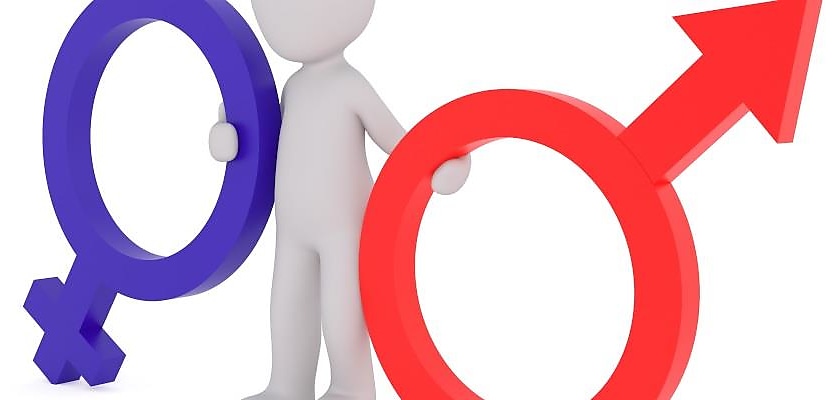The dialogue around women in work unfortunately hasn’t changed much over the last decade. Progress has been slow. Yet as one business leader explains, agencies are well-placed to lead the charge on this important social challenge.
Engineering in particular faces a number of challenges if it is to become more female-friendly. Not least of these challenges is a male-dominated talent pool and low numbers of female graduates.
In my time as a Chair of the Consult Australia Male Champions of Change, I’ve been lucky enough to explore the issue with my industry peers.
As a body of leaders from large organisations, we all understand that gender parity is an industry-wide issue. As such, there is a need for collective effort on the part of businesses to share knowledge, shift paradigms and put effective processes in place.
The contributions of agencies to implementing gender parity in their respective industries will prove significant over time.
While there is no hard and fast way to ensure more women enter and flourish in the field, we’ve documented a number of steps we can all take to build a more diverse industry:
1. Share experiences
Research has shown that there is lack of awareness on gender equality and pay equity within agencies, perhaps due to the limited opportunities for sharing such information.
When the Male Champions of Change came together, there was initially some hesitation about sharing experiences and data with competitors. This changed over time, and we have come to view each other as a valuable resource in managing the challenges, identifying learnings and leading meaningful change.
In doing so, we’ve brought the conversation to the fore across the industry’s major players.
The collaborative nature of the group has meant we now have a full grasp on the issue at an industry and organisational level, and have also started to test and develop ways to challenge the status quo of women in the workforce.
While we’re a long way from declaring victory, as a team there is a sense of having achieved something by starting the process, which we believe will continue to have a positive impact on the industry.
2. Assign accountability
The topic of targets around women in the workplace is contentious, and many argue they are not a productive way to achieve real change. I disagree.
While it is vital for a business to hire on merit, setting a target means the item is firmly on the agenda as your performance is regularly measured.
It is evident that small businesses must juggle various key performance indicators in a competitive economic environment. Gender parity should be considered as just one key benchmark among many.
It may seem like semantics, but what gets measured gets done.
A clear example of this is workplace safety 10 to 15 years ago: lack of targets meant it was not a focus for management.
Thanks to the implementation of behavioural expectations, processes and targets across the workforce, Australia now has one of the most sophisticated approaches to workplace safety in the Asia-Pacific region.
While it is not the only action needed to effect change, setting targets ultimately places a level of accountability on management. This will increase organisational awareness and has the potential to help shift the industry.
3. Commit to it
In making parity a target, we give ourselves and our industry permission to commit to the cause. We can allocate time and funds to build a proper understanding of the challenges ahead and can start to define a path forward.
Currently, one of the most pressing issues for small business management is limited resources to developing gender strategies and management systems.
It is still important that commitment to and consideration of gender parity remain at the forefront for agencies.
We have seen this commitment from each of the 12 organisations represented by Consult Australia Male Champions of Change, and a corresponding positive trend in female representation.
Inherent issues such as unconscious bias in recruitment and promotions are difficult to address if you don’t openly commit to active change.
Before Arcadis committed to improving workplace diversity, we were missing opportunities to do so without even realising.
Since then we have made investments that create a culture of inclusiveness at all levels in the business and allow our day-to-day operations to innately be more mindful of our female workforce.
4. Benefit from it
It’s no secret that diverse teams deliver better outcomes, regardless of the size of an organisation. As a business, it makes sense to invest in ensuring women are represented within your workforce.
As mentioned, hiring on merit is vital for business. But where we have seen an opportunity at Arcadis is in finding people with complimentary skill sets that can add value, but may not necessarily be in engineering.
As consultants this not only expands the capability of our workforce, but also builds diversity and improves business results.
It’s important to remember this is a challenge faced by business of all different sizes and structures in a number of industries, and we are all on a journey to combat it.
While there is a strain on the talent pipeline in engineering and the number of women studying engineering is stagnant, if we all continue to implement these steps, we’ll create a better industry for everyone.







You are not authorised to post comments.
Comments will undergo moderation before they get published.